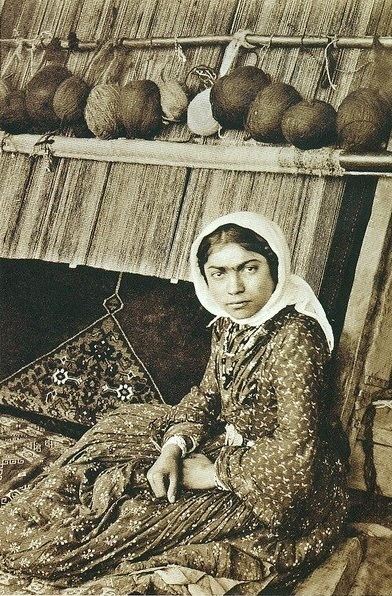Country Azerbaijan Inscription 2010 (5th session) | Reference 389 | |
 | ||
Region Europe and North America | ||
The Azerbaijani carpet is a traditional handmade textile of various sizes, with dense texture and a pile or pile-less surface, whose patterns are characteristic of Azerbaijan’s many carpet-making regions. Carpet making is a family tradition transferred orally and through practice.
Contents
In 2010 art of Azerbaijani carpet weaving in Azerbaijan was added to the Representative List of the Intangible Cultural Heritage of Humanity.
Weaving
Men shear sheep in spring and autumn, while women collect dyestuffs and spin and dye yarn in the spring, summer and autumn. The weaving is undertaken during winter by the female members of the extended family, girls learning from their mothers and grandmothers and wives assisting their mothers-in-law. The carpet is made on horizontal or vertical looms using multi-coloured wool, cotton or silk yarn coloured with natural dyes. Applying special techniques to create pile carpets, weavers knot the pile yarn around threads of the warp; pile-less carpets are variously made with interlacing structural warps, wefts, and patterning wefts. The cutting of a finished carpet from the loom is an unusually solemn celebration.
Carpet weaving and community
Carpet weaving is closely connected with the daily life and customs of the communities involved, its role reflected in the meaning of the designs and their applications. Thus, girls seated on carpets tell fortunes and sing traditional songs at Novruz (the regional New Year). The carpet is widely used for home furniture and decoration, and special carpets are woven for medical treatment, for wedding ceremonies, the birth of a child, mourning rituals and prayer.
